Paul Stancliffe from the looks at the migration of birds in the UK during November
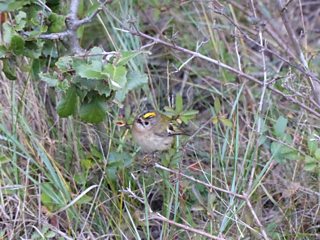
Goldcrest. Credit: Dawn Balmer
During the last week we have experienced one of the biggest arrivals of the autumn so far – Goldcrests arrived in force along the east coast. Several east coast watchpoints saw hundreds of these tiny birds come in off the sea. Many just made landfall and went to sleep. For a bird that weighs the same as a 20p piece the North Sea crossing must be exhausting.
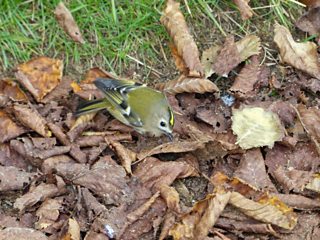
"For a bird that weighs the same as a 20p piece the North Sea crossing must be exhausting." Credit: Dawn Balmer
Whenever there is a large arrival of Goldcrests, Great Grey Shrikes don’t seem to be far behind and this was definitely the case this week – over seventy were found, mainly on the east coast, with several of them seen to be actively hunting the Goldcrests.
Redwings continued to pour into the country with many birds seen to arrive and head off inland. The highest single day count of the week was of 3,350 that arrived on Fair Isle Shetland on 15 October. Once again Fieldfares arrived but in much smaller numbers, however the number of Blackbirds on the move increased sharply.
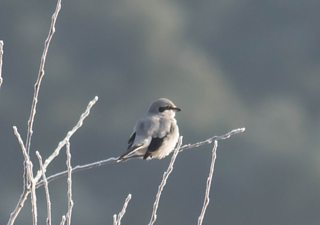
Over 70 Great Grey Shrikes have been seen in the UK recently. Credit: Trevor Codlin
Along with the thrushes, there was an impressive arrival of Robins and Coal Tits. The temperature has plummeted in eastern Europe and western Russia which is almost certainly pushing these birds west, and with the help of the easterly airflow, across the North Sea.
With the winds coming from the east all week it was hardly surprising that the east coast saw the biggest arrival of birds, however, the star bird of the week came from the west – a male Wilson’s Warbler from North America was found on Lewis, Outer Hebrides – the second ever to be found on this side of the Atlantic. The first was seen at Rame Head, Cornwall on 13 October 1985.
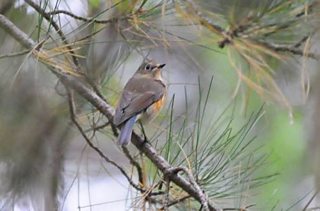
Red-flanked Bluetail. Credit: Neil Calbrade
With all the birds arriving from the east there was bound to be some eastern rarities too. As many as eight Red-flanked Bluetails, that breed no closer to Britain than Finland, were found, along with four Isabelline Shrikes, that breed from Iran through to eastern Mongolia, and as many as twenty-five Pallas’s Warblers were found, which breeds no closer to Britain than Soviet Altai and spend the winter months in southern China, India and northern Thailand. Remarkably, fourteen Olive-backed Pipits, formerly known as Indian Tree Pipit, where it spends the winter were also seen.
The weather is set to turn more westerly as this week progresses, and it is from the west that we might get a few birds but we will need one or two fast moving low pressure systems to cross the Atlantic for this to happen. Looking at the weather charts it looks like a north south split, with stormier weather forecast for the north. So, it might be the north where an American landbird arrives, and quieter weather in the south will allow those birds that arrived during the week time to move on. Look out for more Redwings, the last of the Swallows and finches moving into gardens, in particular Goldfinches, Siskins and Bramblings.
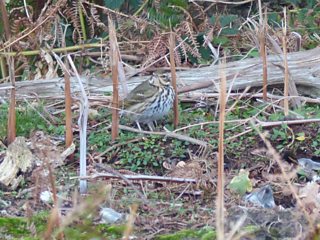
Olive-backed Pipit. Credit: Dawn Balmer
